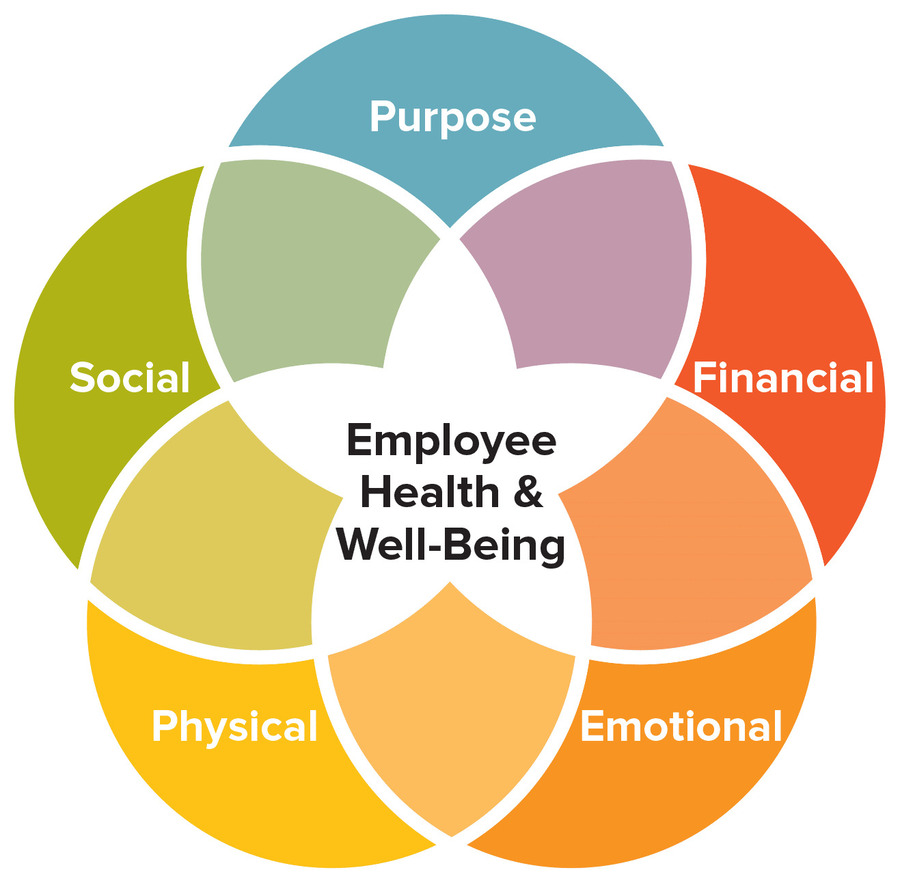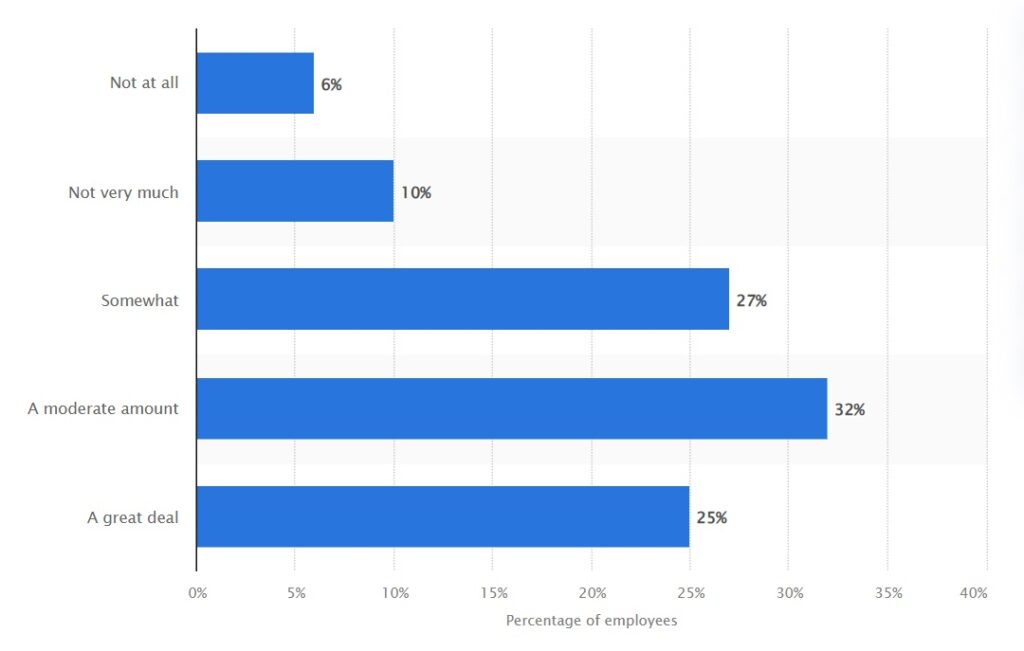In industries where physical demands are high, employee health and workplace injury prevention and management are inseparable from operational success. An employee’s well-being, both physically and mentally, is the driving force behind their productivity, morale, and ultimately, the overall efficiency of the workforce. This recognition has led to the rise of a more holistic “whole-worker care” approach, something that we champion here at JobSiteCare. We understand that the traditional model of addressing injuries or illnesses in isolation is no longer sufficient. Instead, we take a comprehensive view, acknowledging that an employee’s physical health, mental state, and overall work environment are deeply interconnected.
What is the whole employee healthcare model?
The whole-worker care approach is a fundamental shift in how we perceive and address workplace injuries. It’s a move away from solely focusing on the injury itself and towards understanding the individual in their entirety.
As Dr. Dan Carlin, CEO and founder of JobSiteCare, puts it in another recent article on How the Whole Worker Approach Is Transforming Claims and Outcomes
“It’s this idea that we’re not just treating a broken thumb, and we’re not just treating even the body attached to the broken thumb…We’re treating a person and the entire ecosystem of their life.”
This is because when an employee is injured, the impact extends far beyond the physical pain. There can be emotional distress, financial strain, and a disruption to their daily routine. When we neglect to look at the impact from various angles, we risk overlooking underlying issues that could hinder recovery or lead to future problems. A worker who is struggling with stress, for example, may take longer to heal from an injury and could be more susceptible to re-injury. Conversely, by acknowledging and addressing these broader consequences, whole-worker care promotes a faster, more complete return to both work and life.

Main benefits of the whole-worker care approach
Investing in the full picture of employee health and safety in the workplace has benefits for all:
Benefits for Employees
- Faster and more complete recovery: By addressing both physical and mental health, employees can return to their full capacity more quickly and with a reduced risk of re-injury.
- Reduced Risk of Re-injury: A comprehensive understanding of the individual and their work environment enables the development of personalized prevention strategies, lowering the chances of future injuries.
- Improved overall well-being: A focus on holistic care can lead to better physical and mental health outcomes, leading to increased job satisfaction and quality of life. This can be especially the case for industries with high fatality: we’ve seen, first-hand, the positive impact of focusing on mental health in construction.
- Increased engagement and productivity: Employees who feel valued and supported are more likely to be engaged in their work, resulting in increased productivity and a stronger commitment to their roles.
Benefits for Employers
- Decreased Workers’ Compensation Costs: Whole-worker care can reduce the duration and severity of claims, leading to lower workers’ compensation premiums and overall workplace injury costs.
Reduced absenteeism and presenteeism: A healthier workforce means fewer absences due to illness or injury and less presenteeism (working while unwell). This is one of the biggest factors that make the ROI on employee health and wellness programs worth the investment. - Enhanced employer brand and talent attraction: Demonstrating a commitment to employee health and safety in the workplace can help attract and retain top talent in a competitive labor market.
- Increased employee morale and loyalty: Demonstrating mental health awareness in the workplace and investing in worker well-being fosters a positive work environment and a more loyal workforce.

How does the whole-employee health approach work at JobSiteCare?
JobSiteCare’s whole-worker care model utilizes a workplace injury response procedure that is carefully designed to provide immediate and comprehensive care to injured employees.
1. Immediate Contact
The moment an injury occurs, the employee or a designated colleague can reach out to JobSiteCare through a dedicated app or hotline. This ensures that the wheels of care are set in motion without delay.
2. Rapid Connection
Within 60 seconds, the injured employee is connected with a JobSiteCare physician. This swift response not only addresses the immediate medical needs but also provides much-needed reassurance and support in a stressful situation.
3. Real-Time Evaluation
JobSiteCare establishes onsite employee health assessments by merging workplace safety with the power of telemedicine. Through a secure video telemedicine platform, a JobSiteCare physician conducts a thorough evaluation of the injury. This real-time assessment allows for prompt decision-making regarding the necessary course of action, whether it’s on-site treatment, referral to a specialist, or further diagnostic tests.
4. Comprehensive Coordination
The assigned physician takes on the role of a dedicated case manager, overseeing and documenting all aspects of the employee’s treatment journey. This comprehensive approach ensures continuity of care and clear communication until the employee reaches Maximum Medical Improvement (MMI).
5. Data Security and Analytics
Throughout this process, injury data is anonymized and securely aggregated within a HIPAA-compliant dashboard. This dashboard provides employers with a wealth of information, including insights into injury types, mechanisms, and trends. These insights can be filtered and analyzed at various levels – per case, per site, per state, and across the entire organization – allowing employers to identify patterns, address potential hazards, and implement preventive measures.
Conclusion
The whole-worker approach is a testament to the evolving understanding of what it means to truly care for employees.
“It’s incredibly important that we see beyond that opening moment of the injury as well, to realize this is a journey. And the journey requires complete continuity in terms of communication, expectation, and meeting expectations,”
Dr. Daniel Carlin
This highlights the core of JobSiteCare’s mission. We’re dedicated to providing comprehensive, accessible healthcare that meets the needs of your workforce, precisely when and where they need it.
We acknowledge that every employee’s journey to recovery is unique. That’s why our workplace injury management solutions are designed to offer seamless, personalized care, ensuring your employees receive the attention and expertise required to navigate their individual paths back to health and productivity.
To learn more about how our workplace injury solutions can transform your business, we invite you to reach out and book a free consultation with us today.
Frequently Asked Questions
What are the main employee health issues in the workplace?
Common employee health issues range from physical ailments like musculoskeletal disorders and repetitive strain injuries, often seen in physically demanding jobs, to mental health concerns such as stress, anxiety, and depression, which can affect any employee regardless of their role. These issues can arise from a variety of factors, including workload, working conditions, personal circumstances, and a lack of access to appropriate care.
How much do companies spend on health insurance per employee?
The cost of employee health insurance an vary considerably depending on the type of coverage, the size of the company, and the specific needs of the workforce. However, it’s a significant investment for any employer, often reaching thousands of dollars annually per employee.
Are employers responsible for employees’ mental health?
While employers aren’t directly responsible for their employees’ mental health, they have a duty to provide a safe and supportive work environment. This means addressing workplace stressors, providing access to mental health resources, and promoting a culture that values well-being.
How to improve employee health with the whole-worker care approach?
The whole-worker care approach enhances employee health by focusing on the interconnectedness of physical and mental well-being. It involves addressing injuries comprehensively, considering the individual’s overall health and work environment. This approach emphasizes prevention, early intervention, and personalized care, leading to faster recovery, reduced re-injury risk, and improved overall well-being.
How to pick the right healthcare provider for my workforce?
Choosing the right healthcare provider for your workforce involves assessing your employees’ specific needs and the provider’s expertise. Look for providers with experience in workplace health and injury management, mental health support, and a commitment to personalized care. It’s also important to consider factors such as accessibility, communication, and the provider’s ability to integrate with your existing health and safety programs.


